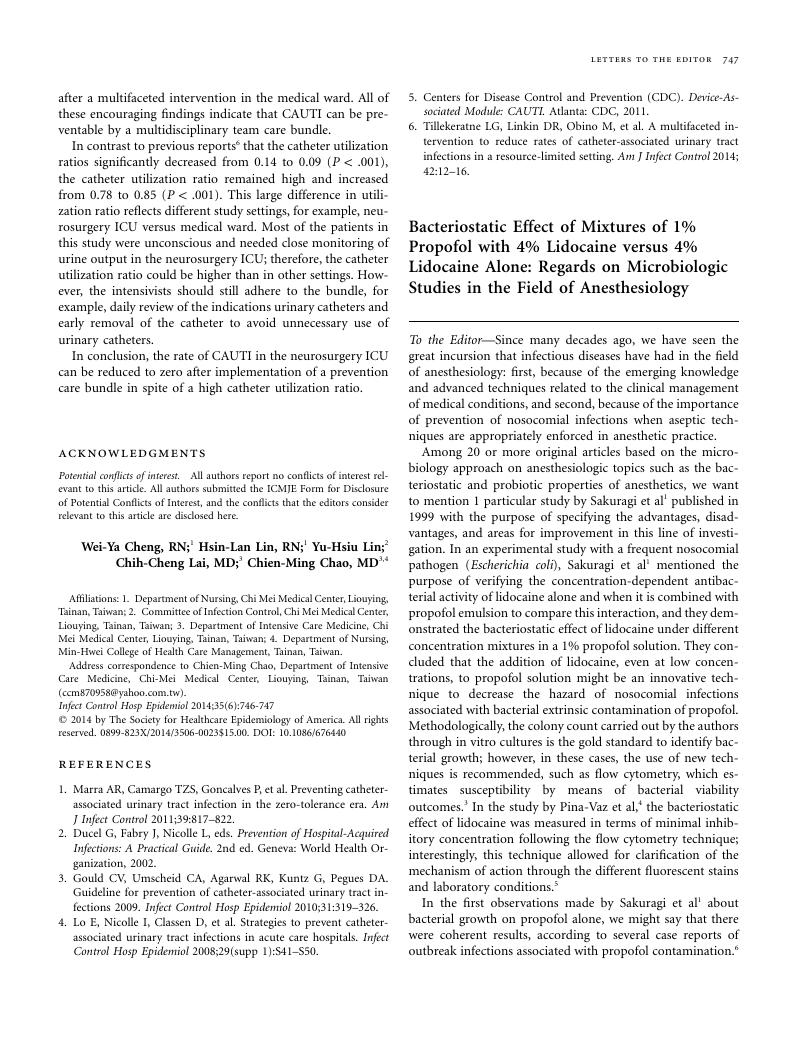Crossref Citations
This article has been cited by the following publications. This list is generated based on data provided by Crossref.
Zorrilla-Vaca, Andrés
and
Escandón-Vargas, Kevin
2017.
La importancia del control y prevención de enfermedades infecciosas en anestesiología.
Revista Colombiana de Anestesiología,
Vol. 45,
Issue. ,
p.
69.
Zorrilla-Vaca, Andrés
and
Escandón-Vargas, Kevin
2017.
The importance of infection control and prevention in anesthesiology☆.
Colombian Journal of Anesthesiology,
Vol. 45,
Issue. ,
p.
69.
Zorrilla-Vaca, Andrés
and
Escandón-Vargas, Kevin
2017.
The importance of infection control and prevention in anesthesiology.
Colombian Journal of Anesthesiology,
Vol. 45,
Issue. ,
p.
69.
Lu, Yining
Cregar, William M.
Goodloe, J. Brett
Khazi, Zain
Forsythe, Brian
and
Gerlinger, Tad L.
2020.
General Anesthesia Leads to Increased Adverse Events Compared With Spinal Anesthesia in Patients Undergoing Unicompartmental Knee Arthroplasty.
The Journal of Arthroplasty,
Vol. 35,
Issue. 8,
p.
2002.





